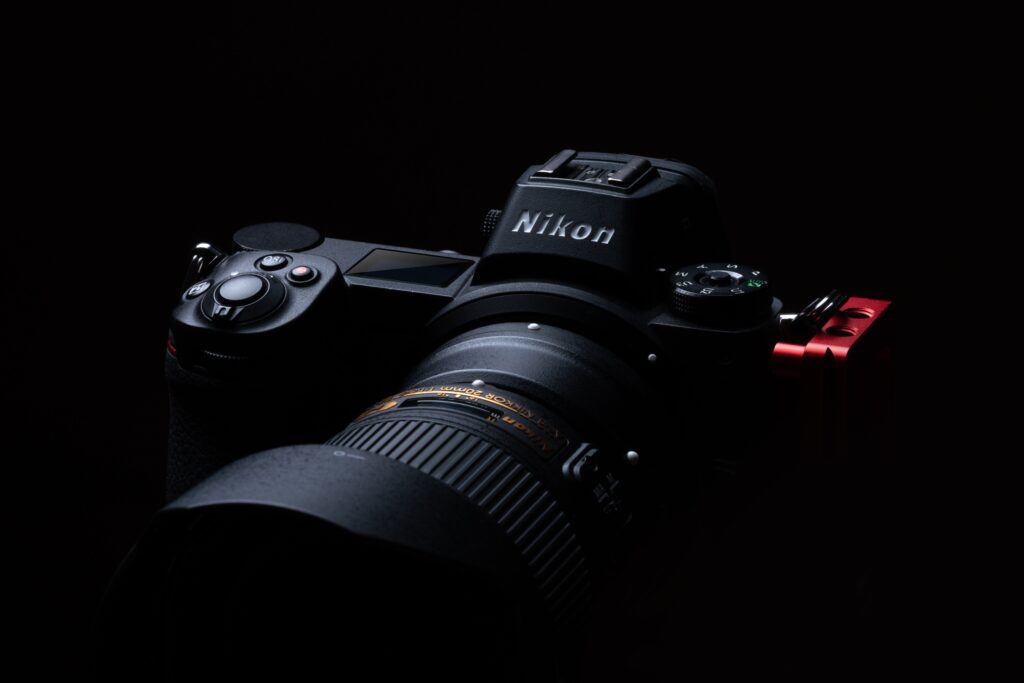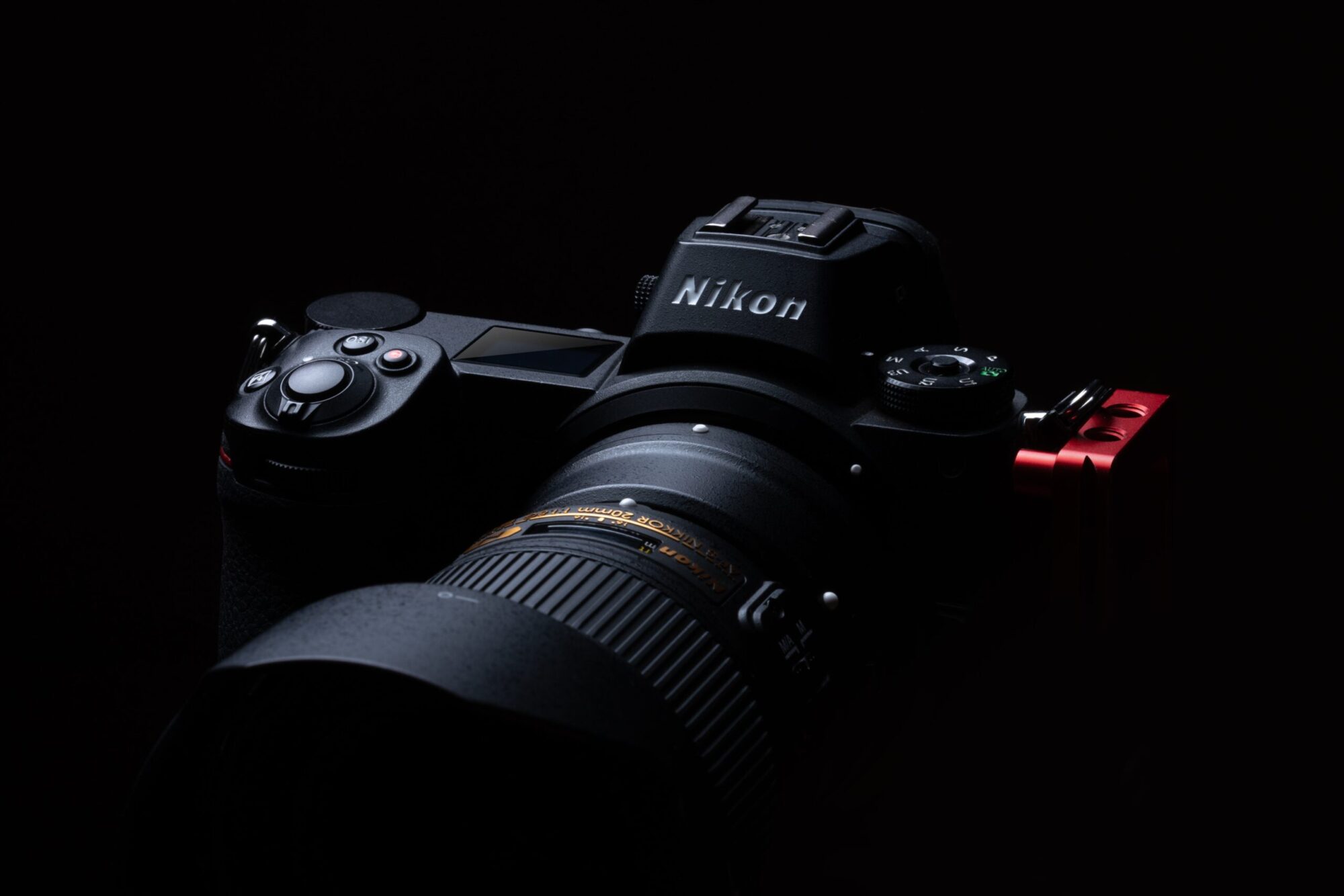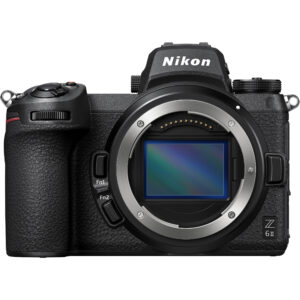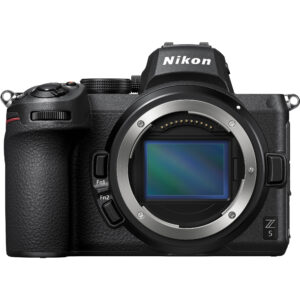Cameravibe is a website dedicated to DSLR cameras and accessories, however, since there are multiple different types of cameras in the market, we are also going to compare different types so that you can understand what other cameras do and have as tools and why we specifically chose DSLR cameras. Now we discuss DSLR vs Mirrorless cameras.
As of lately, a lot of people have been talking about, and therefore creating a buzz about DSLR vs mirrorless cameras. And I am going to explain what they are like, and why they are believed to be more popular in the future, even though DSLR cameras still have the biggest share in the market. But it is still important to know all the options that are available, particularly before the purchase of a camera, so as we discuss different types of cameras within DSLR, we want to make it easier for you to choose cameras and we will discuss the Mirrorless options.
What is a mirrorless camera?
A mirrorless camera is defined as a photo camera featuring a single, removable lens and a digital display. The camera does not have a reflex mirror or optical viewfinder like a digital single-lens reflex (DSLR) camera, but may have an electronic viewfinder. Many mirrorless cameras retain a mechanical shutter. Like a DSLR, a mirrorless camera accepts any of a series of interchangeable lenses compatible with its lens mount.
Compared to DSLR cameras, mirrorless cameras are mechanically simpler and are typically smaller, lighter, and quieter due to the elimination of the moving mirror. While nearly all mirrorless cameras still have a mechanical shutter, many also have an electronic shutter, allowing completely silent operation.
Until the mid 2010s mirrorless cameras were somewhat challenged to provide an electronic viewfinder with the clarity and low-lag responsiveness of the optical viewfinders used on DSLRs, especially under strong sunlight or when photographing the sky at night. The fact that the image from the lens is always projected onto the image sensor allows for features that are only available in DSLRs when their mirror is locked up into “live view” mode. This includes the ability to show a focus-peaking display, zebra patterning, and face or eye tracking. Moreover, the electronic viewfinder can provide live depth of field preview, can show a poorly-illuminated subject how it would look with correct exposure in real time, and makes it easier to view the results of an exposure in bright sunlight.
With the latest phase-detect autofocus available on some mirrorless cameras, the autofocus speed and accuracy of some models has been shown to be as good as DSLRs. But compared with DSLRs, mirrorless cameras have shorter battery life (due to prolonged use of LCD and/or OLED displays, necessary for the viewfinder) and often smaller buffers (to save battery). On-sensor autofocus is free of the adjustment requirements of the indirect focusing system of the DSLR (which relies on a separate autofocus sensor located below the reflex mirror), and as of 2018 mirrorless cameras could shoot with phase-detect autofocus at up to 20 frames per second using up to 693 focus points—a number far exceeding what was available on any DSLR. However, on-sensor phase detection autofocus (except for Canon‘s Dual Pixel Autofocus) repurposes pixel sites for autofocus acquisition, meaning image data is partially or entirely missing for the autofocus “pixels”. This can result in banding artifacts in the final image.

Will mirrorless cameras ever reach full parity with DSLR? Some think so, but others are not fully convinced. The important thing to remember is it’s not about what other people think; it’s about what matters to you. If you find a camera you like, and it serves your purposes as a photographer, then it really doesn’t matter whether it’s a DSLR, micro four thirds, full frame, medium format, or plain old 35mm film camera. If it can take the pictures you want to take, then it’s probably the right camera for you.
our favourite mirrorless cameras in the market
- Create in any light: The wide Z mount and large 24.5 MP full-frame sensor enable clean, detailed images across the ultra-wide ISO range. Low-light AF now works down to -6 EV with and an f/2 (or faster) lens.
- So much faster: Shoot full-resolution stills at up to 14 fps with full AF/AE. Capture up to 200 JPEGs or 124 12-bit uncompressed RAW images in one burst.
- Twin EXPEED: Two processors double the power at your disposal for everything from AF to buffer capacity. Performance is smooth as silk, whether filming or shooting stills.
- Dual card slots: Adapt to any workflow. You can use UHS-II SD cards in one slot and XQD cards, or the latest ultra-fast CFexpress cards, in the other.
- A multimedia powerhouse: Capture sharper, cleaner video footage with broader dynamic range. Eye-Detection and Animal-Detection AF are available while filming—and you can output footage however you need.
- Built tough: With a super-strong, lightweight magnesium-alloy frame, this camera is easy to carry and tough enough to handle any location. It’s fully sealed against dust, dirt and moisture.
- NIKKOR Z: Love the cinematic depth of field you can achieve with the wide selection of fast-focusing, compact NIKKOR Z lenses.
- Stunning Nikon Z image quality: ultra-wide Nikon Z mount, powerful EXPEED 6 processor, and full-frame 24.3 MP CMOS sensor with 100-51200 ISO range.
- Small kit, big impact: the super-portable NIKKOR Z 24-50mm f/4-6.3 is included in the core Z 5 camera + lens kit.
- 273-point Hybrid AF: delivers smooth, fast, and precise focusing across the frame. Eye-Detection AF locks on to eyes for perfect portraits of people. Animal-Detection AF does the same for cats and dogs.
- 5-axis Vibration Reduction: stills stay sharp and video is steady.
- Ultra-sharp 3690k-dot electronic viewfinder: the high-definition EVF doesn’t leave anything out of the frame. Key settings like exposure, ISO, and white balance are applied in real time.
- Nikon Z ergonomics: the deep grip feels secure and key controls are perfectly placed.
- Tough yet lightweight: the magnesium alloy body is sealed to keep dust and moisture out.



